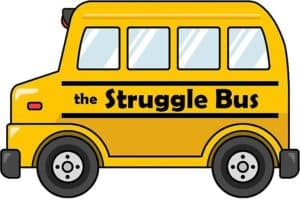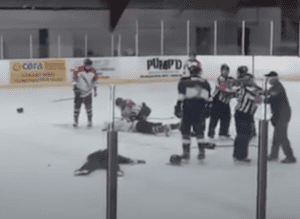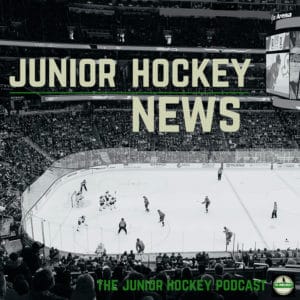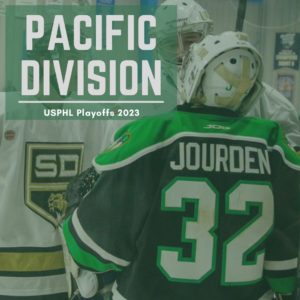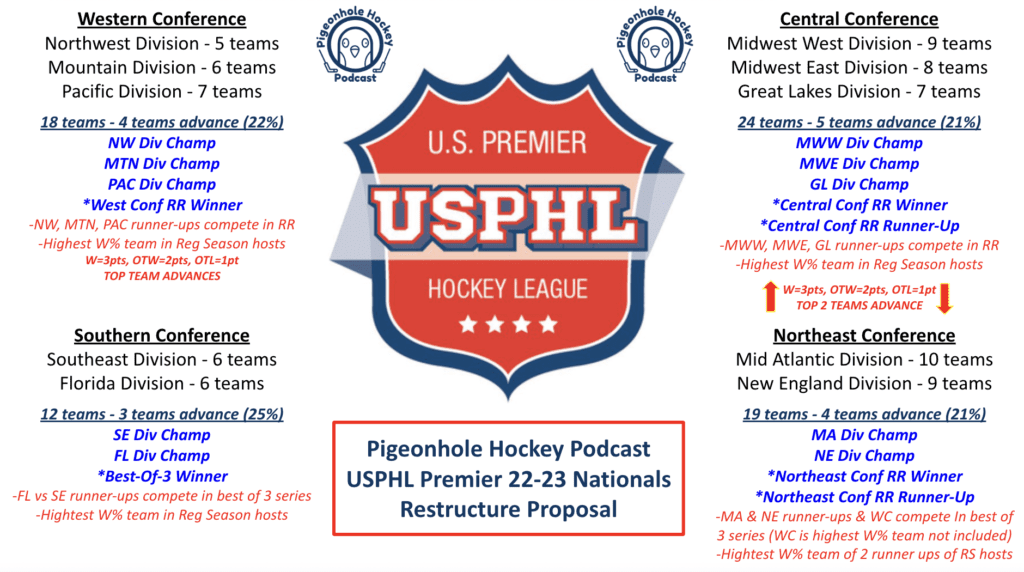
The USPHL Premier expanded yet again for the 2022-2023 season, now growing to a monstrous size of 73 teams. With such a massive expansion, I believe it’s time the USPHL considers restructuring the entry criteria for teams looking to make a run to the 22-23 USPHL National Championships. I’m confident the USPHL front office has already developed a plan with a lot of logistical and internal information I don’t have access to – but not knowing for sure – I feel this plan warrants consideration to allow a better dispersion of National Championship tournament bids come season’s end.
Having watched the USPHL National Championships for years now, there are teams that make it to the Nationals that struggle considerably against the competition. These teams really don’t have much of an opportunity to succeed, and this results in several teams standing alone as strong favourites. This isn’t to say that there shouldn’t be certain teams that shine by the time they reach Nationals, these teams may have been strong all season, or happen to be a team that had a strong second-half and carried that into the divisional playoffs. However, there is still a very clear divide between the great teams, good teams and teams that “earned” a spot at Nationals based off of divisional seeds.
The best teams in the USPHL Premier should have to compete in divisional playoffs and face fierce divisional competition to earn a spot in the big dance. Dividing the current projected 73 teams in the USPHL Premier into four clear regional conferences would help establish a playoff system, and provide each organisation within a conference a 21-25% chance of making Nationals. This is my plan:
————————————-
CENTRAL CONFERENCE
21% (24 teams, 5 teams advance)
This conference would consist of the Midwest West Division (9 teams; should be renamed the North Division), the Midwest East Division (8 teams; should be renamed the Midwest Division) and the Great Lakes Division (7 teams). Each of the three divisions would compete in their standard internal playoffs to determine the division champions, with each divisional champion earning a spot at Nationals. To determine the other two teams to advance for a total of five Central Conference teams, the three teams that fell to each respective divisional champs would compete in a three-team round-robin, with the top two teams advancing to Nationals. The team having the highest regular season winning percentage would host the round-robin and the league would need to enforce standard tie-breakers, such as goals scored.
NORTHEAST CONFERENCE
21% (19 teams, 4 teams advance)
This conference would consist of the Mid-Atlantic Division (10 teams) and the New England Division (9 teams). Both divisions would compete in their standard internal playoffs to determine the division champions, with each divisional champion earning a spot at Nationals. Much like the Central Conference, the other two advancing teams would be determined by a three-team round-robin, with a total of four Northeast Conference teams advancing. This would include the two teams that fell to respective divisional champs, as well as a “wild card” team. The wild card team would be the team with the highest regular season winning percentage from the 15 teams remaining in the Northeast Conference. Advancement to the Nationals would follow the same precedence as the Central Conference, with the top two teams after round-robin play advancing to the Nationals. The hosting team for round-robin play would be the highest winning percentage from the two teams that fell to the Division Champions, the wild card team should not be able to host this event.
WESTERN CONFERENCE
22% (18 teams, 4 teams advance)
This conference would consist of the new Northwest Division (5 teams), the Mountain Division (6 teams) and the Pacific Division (7 teams). Each of the three divisions would compete in their standard internal playoffs to determine the division champions, with each divisional champion earning a spot at Nationals. A three team round-robin would be comprised of the three teams that fell to the division champs. The top team after round-robin play would advance to the Nationals, for a total of four Western Conference teams. The team having the highest regular season winning percentage would host the round-robin event.
SOUTHERN CONFERENCE
25% (12 teams, 3 teams advance)
This conference would consist of the Southeast Division (6 teams) and the Florida Division (6 teams; should be renamed the Atlantic Division). Both divisions would compete in their standard internal playoffs to determine the division champions, with each divisional champion earning a spot at Nationals. The remaining advancing team would be determined by a Best-Of-Three playoff series between the two teams that fell to the respective division champs. The team having the highest regular season winning percentage would host, with the winner of the series becoming the third and final team out of the Southern Conference to advance to the Nationals.
————————————
Once at Nationals, the typical 16-team USPHL Premier tournament format would continue to crown the National Champion. Considering my limited knowledge of internal league operations, I believe this format would significantly increase the chances that the best teams in the USPHL Premier would have the highest possible chance to advance and compete for a National Championship. This is hockey worth watching! With the USPHL Premier currently expanding to 73 teams for the 22-23 season, the opportunity to advance to the USPHL National Championship tournament has never been more difficult, and has quickly become one of the hardest trophies to earn the privilege to raise overhead in the hockey world. The path to hoist such a trophy should be worthy of such a moment.
Feel free to comment below on your thoughts. If there is a need for any corrections or updates, please send the author a direct message on Twitter at @PHHOfficial. Follow the Pigeonhole Hockey Podcast @PHHOffical on Twitter for junior hockey news and listen to the Pigeonhole Hockey Podcast at on Apple Podcasts or on a myriad of other podcast platforms!
Author: CD, Host, Pigeonhole Hockey Podcast



